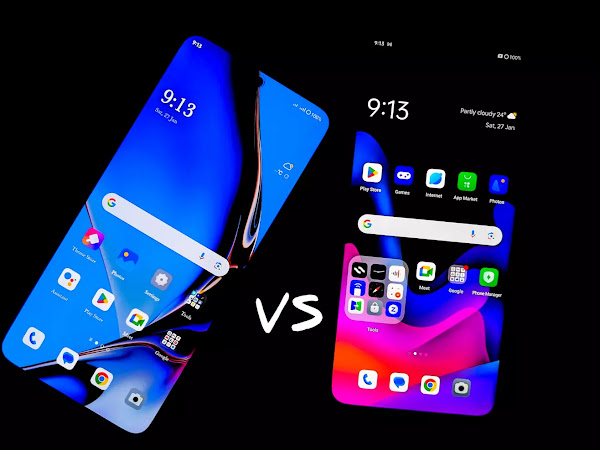Modular Smartphone Revivals: Assessing Ecosystem Viability in 2025

2025 Modular Smartphone Ecosystem Deep Dive: Fairphone 4, Lenovo ThinkPhone 25 & More Who This Is For: Mobile hardware enthusiasts, DIY repair advocates, and consumers evaluating whether modular smartphones make sense in 2025. Why Read This: Explore current modular designs—camera modules, battery attachments, keyboards—assess third‑party support, and evaluate durability versus sealed‑unit rivals. By Sujan Chowdhury 1. What Are Modular Smartphones? Plain‑English Explanation Modular smartphones let users swap or add functional modules—like camera units, battery packs, and keyboards—without replacing the entire device. Early initiatives such as Google’s Project Ara(cancelled in 2016) and LG’s g5 (2016) ultimately faltered due to limited module ecosystems and durability concerns. In 2025, brands like Fairphone 4 and Motorola ThinkPhone 25 have reintroduced modular concepts, aiming for more sustainable ecosystems and improved build quality. For context on how modern s...





